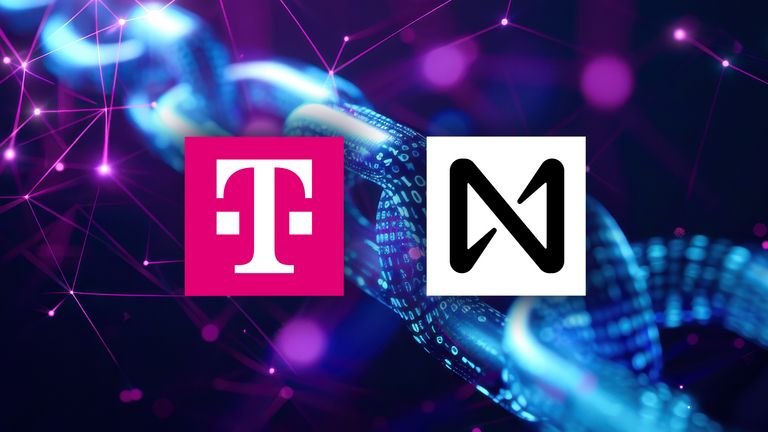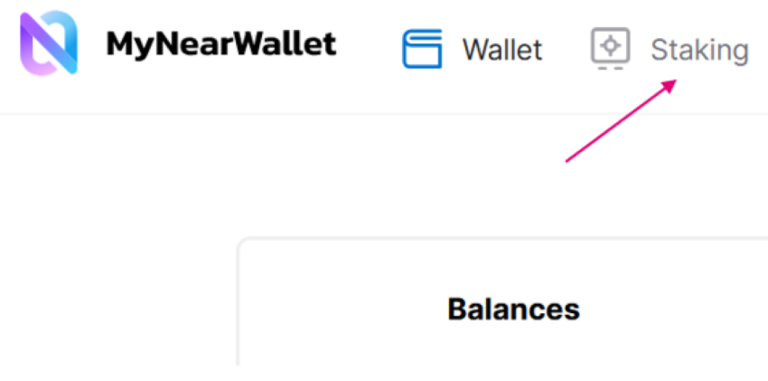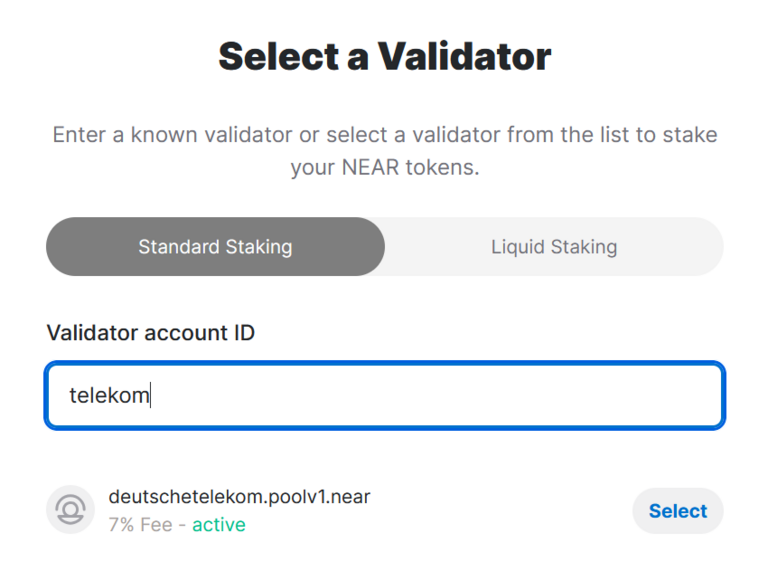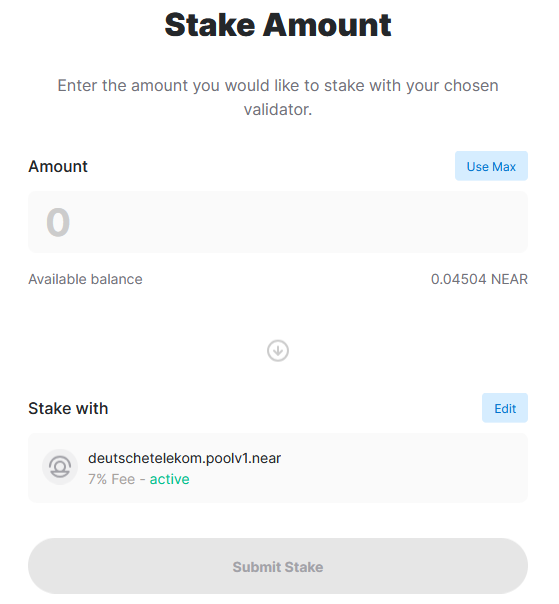NEAR Staking Guide

The NEAR protocol is a highly scalable and user-friendly blockchain network that enables developers to build applications that can serve millions of users. It is characterised by its accessibility and scalability, making it an ideal platform for the development of innovative and large-scale applications.
A key factor driving NEAR's scalability is its adoption of sharding — a cutting-edge technology that divides the blockchain into smaller, parallel segments known as shards. Each shard processes a portion of the blockchain's data and transactions independently, enabling the network to scale linearly. This approach prevents congestion, allows for efficient workload distribution, and ensures the network remains fast and capable of handling an increasing number of transactions without becoming overloaded.
Since May 2024, the NEAR ecosystem has made User-Owned AI a central focus. By merging artificial intelligence (AI) with blockchain, NEAR is extending the principle of data sovereignty to AI. This initiative supports the creation of an open AI platform, where AI projects are accessible to all, transparently organized, and collectively governed by platform users. This approach empowers individuals to have direct control and ownership over AI-driven innovations, fostering an inclusive and democratic environment for AI development.
Step by step staking guide
Disclaimer: This guide is a technical guide to a possible approach to the staking process and is not financial investment advice. Telekom MMS is not liable for any losses that may occur as a result of staking via the NEAR Protocol network or any other staking process.
To stake NEAR, you will need to have e.g. MyNearWallet. Other compatible wallets can be found here. This guide explains how to stake using MyNearWallet.
2. Create an account
Once you have installed the wallet, create an account.
- Go to https://www.mynearwallet.com and click “Create Account”.
- Secure your wallet by saving the recovery phrase provided. Never share this with anyone.
3. Deposit NEAR into your wallet
You can deposit NEAR into your wallet from an exchange or by transferring it from another wallet. You can find markets for buying NEAR here.
Keep a small amount of NEAR for transaction fees (typically less than 0.1 NEAR).
4. Staking NEAR with MyNearWallet
Log in to MyNearWallet.
- Navigate to Staking: On the dashboard, click “Staking” in the menu.
5. Choose a validator
You will need to choose a validator to stake your NEAR with. You can view a list of validators on nearblocks. When choosing a validator, consider the following factors:
Reputation: Choose a validator with a good reputation.
- Fees: Some validators charge fees for staking. Choose a validator with fees that are acceptable to you. The average commission fee is 7%
- Uptime: Choose a validator with a high uptime. This means that the validator is online and available most of the time.
If you would like to stake with us, explore our validator under these details:
Validator: deutschetelekom.poolv1.near
Link to our validator: https://nearblocks.io/node-explorer/deutschetelekom.poolv1.near
6. Enter staking amount
Specify the amount of NEAR tokens you want to stake. Ensure you leave a small amount in your wallet to cover transaction fees.
Confirm the transaction.
7. Confirm staking
After submitting, your transaction will process, and your staked NEAR will appear under “Staking” in your dashboard.
8. Managing your staked NEAR
Track Rewards: Rewards are automatically added to your staked balance and can be compounded for future returns.
Unstake Tokens:
- To unstake, go to the “Staking” section, select your validator, and click “Unstake”.
- Note: Unstaking requires a 4-epoch (~52 hours) waiting period before tokens become liquid.
9. Advanced option: Liquid staking
For added flexibility, you can use platforms like Meta Pool for liquid staking. This allows you to stake NEAR while receiving stNEAR tokens, which can be used in DeFi applications without waiting for unstaking periods.



